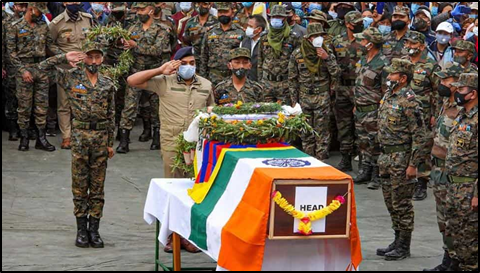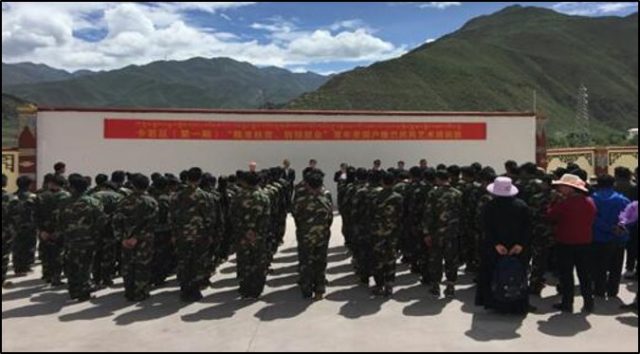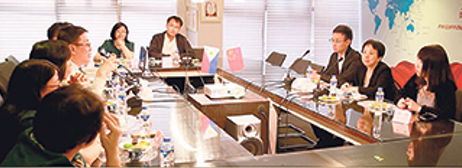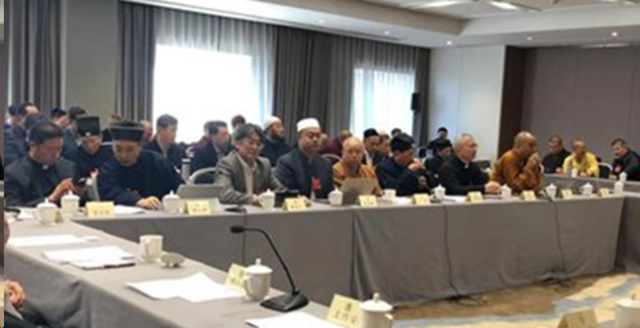
Latest Articles about Tibet

India’s “Tibet Card” in the Stand-Off with China: More Provocative than Productive
Introduction Tensions between India and the People’s Republic of China (PRC) have remained high ever since violent clashes occurred in the Galwan Valley region in mid-June, resulting in the deaths of 20 Indian Army soldiers and an undisclosed number of People’s Liberation Army (PLA) troops... MORE

Xinjiang’s System of Militarized Vocational Training Comes to Tibet
Introduction and Summary In 2019 and 2020, the Tibet Autonomous Region (TAR) introduced new policies to promote the systematic, centralized, and large-scale training and transfer of “rural surplus laborers” to other parts of the TAR, as well as to other provinces of the People’s Republic... MORE

Planting the Seed: Ethnic Policy in Xi Jinping’s New Era of Cultural Nationalism
Introduction The recent leak of secret Chinese Communist Party (CCP) documents in Xinjiang provides irrefutable evidence of the CCP’s radical plan to fundamentally remake Xinjiang society and transform the thoughts and behaviour of its Muslim minorities (ICIJ, 24 November). Less well known, however, is the... MORE

India-China Relations: From the “Wuhan Spirit” to the “Chennai Connect”
Introduction On October 11-12, the People’s Republic of China (PRC) President Xi Jinping and Indian Prime Minister Narendra Modi met for their second informal summit at Mamallapuram, near Chennai in southern India. Xi described his “heart-to-heart” discussions with Modi as “candid,” like those with a... MORE

Assessing Mental Health Challenges in the People’s Liberation Army, Part 2: Physical Operational Environments and Their Impacts on PLA Service Members
Editor’s note: This is the second part of a two-part article that addresses the efforts of the People’s Liberation Army (PLA) to deal more effectively with the challenges of mental health, which can have serious impacts on the morale and readiness of individual service members—and... MORE

The Prospects for Sino-Indian Relations During Modi’s Second Term
Introduction On May 30, Narendra Modi was sworn in for a second term as India’s Prime Minister. Conspicuous by their absence at the inauguration ceremony were Imran Khan, the Prime Minister of Pakistan; Lobsang Sangay, President of the Central Tibetan Authority (CTA), more commonly known... MORE

Reorganizing the United Front Work Department: New Structures for a New Era of Diaspora and Religious Affairs Work
Introduction—The Growing Role of the CCP’s United Front Work The structure and functions of organizations within the Chinese Communist Party (CCP) are often poorly documented. However, buried inside a January 2019 Global Times article was a reference to “a deputy head of the 12th bureau... MORE

Propaganda Themes at the CPPCC Stress the “Sinicization” of Religion
Introduction In March, the National People’s Congress and the Chinese People’s Political Consultative Conference both convened their full annual sessions in Beijing. Collectively known as the “Two Sessions” (Lianghui, 两会), the annual meetings of these bodies comprise two of the largest annual events on the... MORE

“Stability Maintenance” Gets a Major Boost at the National People’s Congress
The Theme of “Stability Maintenance” at the National People’s Congress Since the mid-2010s, the ruling Chinese Communist Party (CCP) has been preoccupied with ensuring a relatively high growth rate for China, even as the economy is facing serious downward pressures. This has emerged as a... MORE

Rivalries and Relics: Examining China’s Buddhist Public Diplomacy
In October 2018, the People’s Republic of China (PRC) hosted over 1,000 Buddhist scholars and representatives from 55 countries and regions at the Fifth World Buddhist Forum (WBF) in Putian, in China’s southeastern Fujian Province (Xinhua, October 28 2018). First held in 2006, and since... MORE